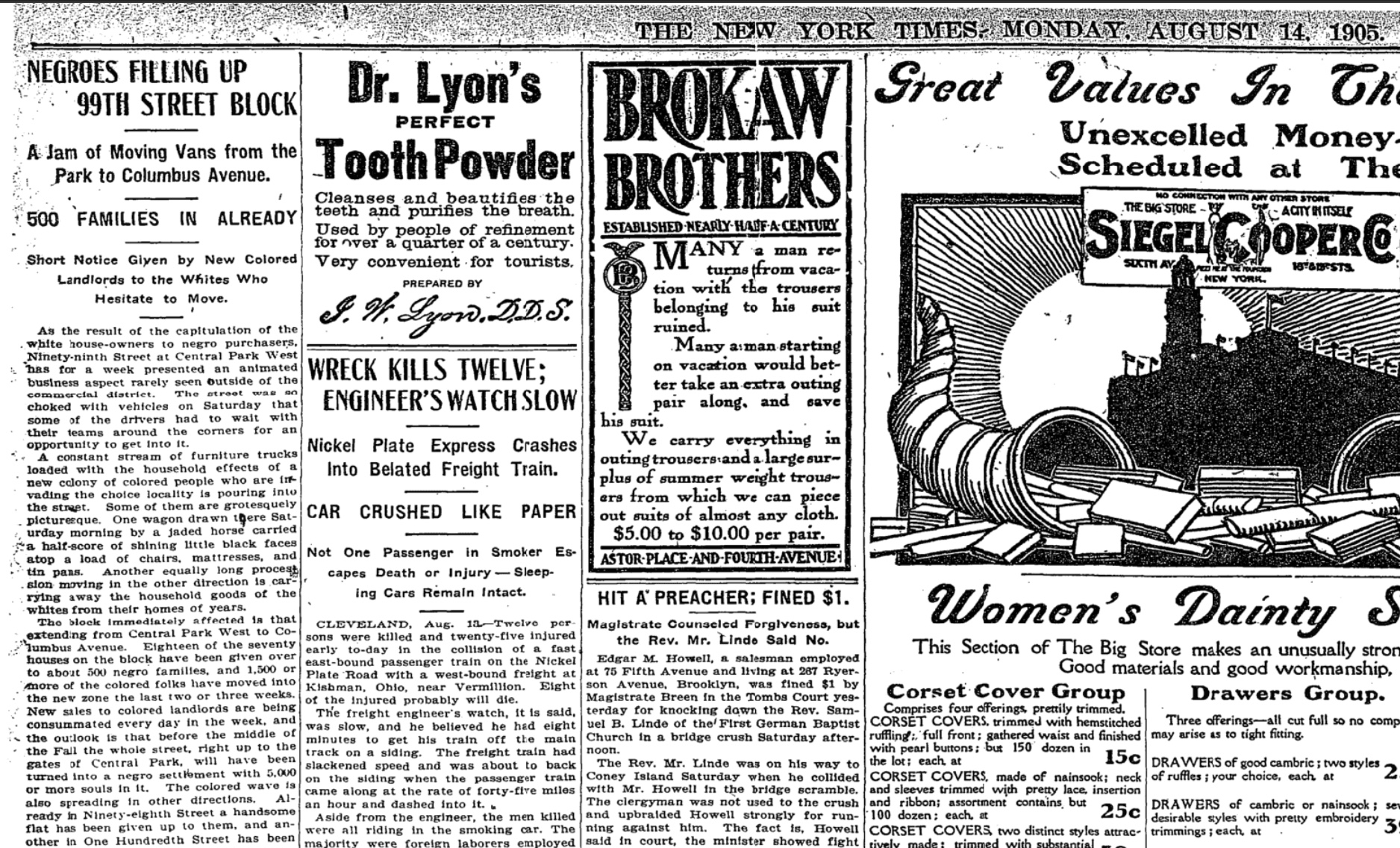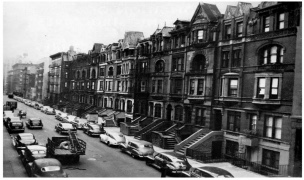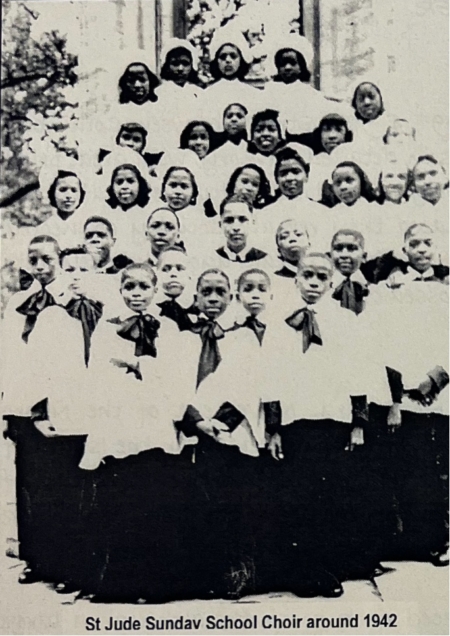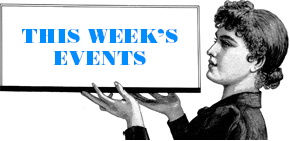
By Marjorie Cohen
A headline from The New York Times, August 14, 1905, read: NEGROES FILLING UP 99TH STREET BLOCK; A Jam of Moving Vans from the Park to Columbus Avenue, 500 FAMILIES IN ALREADY, Short Notice Given by New Colored Landlords to the Whites Who Hesitate to Move.
The man responsible for that “Jam of Moving Vans” was Philip Payton, a Black real estate entrepreneur who has been called the “Father of Harlem.” Before the Great Migration — roughly from the 1910s until the 1970s, when millions of Black people moved from the American South to the North, Midwest, and West to escape the oppression of Jim Crow — there weren’t many Blacks in the North. The ones who were here lived on the Lower West Side, in the Tenderloin district, which is now Midtown, and San Juan Hill, the neighborhood razed to build Lincoln Center. By the time the 20th century began, the arriving Blacks needed housing.
In 1903, Payton, spotting a great business opportunity, established the Afro-American Realty Company and set his goals on selling and leasing houses and apartments to Blacks on both West 98th and 99th streets. “White flight” became the rule on the two blocks once the first Blacks moved in, and the area quickly became a magnet for the city’s Black families as well as those from the rural South and the Caribbean.
And so began the half-century-long story of what has more recently been called “The Old Community.” For just a little more than 50 years, this narrow slice of the Upper West Side, from Central Park West to Columbus Avenue, West 98th and 99th Street, was home to 2,000-4,000 people of color, a “village” of small businesses, churches, and families that thrived on the social and cultural life of their shared space. Children who grew up in the neighborhood went to school a few blocks away. They played stickball on the streets and belonged to scout troops sponsored by St. Jude’s church, number 17 West 99th Street. Their parents participated in the blocks’ rich social life –parties, dances, sports teams, and group outings. Families lived there for generations– aunts, uncles and cousins all nearby and all involved in the vibrant life of the neighborhood.

A roster of the residents of “The Old Community” is extraordinary; it includes some of the best-known personalities of the time. Local historian Jim Mackin’s book: Notable New Yorkers of Manhattan’s Upper West Side lists the famous residents and gives the salient facts of their lives. Some of those who lived on these two blocks are: Marcus Garvey, the Black nationalist who claimed 4,000,000 followers; Billie Holliday, whose mother Sadie had a restaurant at number 71 West 99th Street; Robert Earl Jones, a character actor and father of James Earl Jones; “Butterfly” McQueen, an actress best known for her role as Scarlet O’Hara’s maid in Gone with the Wind; Bert Williams, a vaudeville entertainer and the first Black man to have a starring role on Broadway; Arturo Schomburg, the historian, collector and curator; and many more.
 But, at the end of the 1950s, all of this came to an end. When “slum clearance” became the mantra of national, state, and local governments, this tight-knit, thriving community was declared a “slum” and wrecking balls moved in. Homes were turned into rubble, residents were scattered, all without the relocation help that had been promised. The land, after a ten-year lapse, was acquired by private developers and Park West Village was built.
But, at the end of the 1950s, all of this came to an end. When “slum clearance” became the mantra of national, state, and local governments, this tight-knit, thriving community was declared a “slum” and wrecking balls moved in. Homes were turned into rubble, residents were scattered, all without the relocation help that had been promised. The land, after a ten-year lapse, was acquired by private developers and Park West Village was built.
Remarkably, the residents who had been dispersed to other parts of the city or other states, managed to stay in touch for the decades that followed the destruction of their homes. Jim Torain, who grew up in the old neighborhood, was the person credited with keeping the group together. Torain organized an annual reunion held in the community room of the Frederick Douglass Houses that was attended by both former residents and their families. Torain is also credited with giving the two blocks the name of “The Old Community.” He worked tirelessly until his death in 2017 to make certain that his beloved neighborhood-within-a-neighborhood would not be forgotten.
The family of current Upper West Sider Susan Fridie lived in The Old Community. Her mother and uncle spent much of their childhood there in the 1930s, and other aunts, uncles, and cousins lived nearby. When Fridie went through her mother’s papers after she died, she found a directory compiled in 1989 that listed 200 names of people connected to the neighborhood, with their contact information. A resident of Park West Village, Fridie has researched her family’s neighborhood and has been active in organizing The Old Community section of the Bloomingdale Neighborhood History Group’s (BNHG) Upper West Side archive, which is housed in the Bloomingdale branch of the New York Public Library on West 100th Street between Columbus and Amsterdam Avenues.
Fridie has invited her uncle, Buddy Green, who grew up next door to St. Jude’s church, to be the guest at a program organized by the BNHG on February 12. Fridie will present an illustrated talk about “The Old Community” and Green will share his first-person stories and memories of growing up there. These were his formative years, the years he was in elementary and high school, a time he says he remembers fondly.
A terrific source of information on The Old Community is a short video made by Jim Epstein, “The Tragedy of Urban Renewal: The destruction and survival of a New York City neighborhood,” featured below. Another great source is a poster exhibit at the Bloomingdale branch of the New York Public Library created by local historian Rob Garber, which will be on view until the end of February.
Subscribe to WSR’s free email newsletter here.










So…racisms bookending a period of regular people just trying to live their lives. I commend the preservation work here!
Wow — just wow!
Great concept for an article: a historical review of specific neighborhoods and blocks.
Did the Old Community members get below-market prices in the New commmnity?
I’m intrigued. Could you elaborate on what you mean by the New Community?
No. They didn’t. Very few, if any, ever lived in the New Community, if for no other reason than because it was nearly a decade between the time they were evicted and the time the new housing was available.
More than a few residents of Manhattantown (as area was known then) lived in Park West Village. Butterfly McQueen was one of them.
One of main reasons former residents of area couldn’t return or live in PWV was simply economics. Robert Moses had visions of development being stable middle class housing in aid of luring that demographic back to city.
Rents at PWV were meant to be kept at affordable level for middle class families at the time. This likely may have been rent out of reach for many former residents of area even if they wanted to return. It isn’t like today where city hands out vouchers or otherwise assists with rent.
I learn so much from these articles. Keep it up.
Just like Seneca Village, and then San Juan Hill. So much is lost under the name of ’eminent domain’.
While perhaps unfortunate using eminent domain to clear land so what became Central Park could happen was necessary. It simply was what eminent domain is about, greater good and so forth.
City government at the time saw how “uptown” was fast moving about ten blocks north each generation. When idea of giving NYC public grand parks like those in many major European cities obvious first question is where to find land.
Had city not acted when it did many feared (and they likely were correct) that Seneca Village and rest of that area would be developed. Thus sooner or later inhabitants of area would have been cleared out one way or another.
Manhattan’s street grid was laid out to include area that is now CP. So it’s obvious city anticipated at some point land would be developed.
If you go north from where Sixth Avenue ends at CPS, over stone wall and walk a bit into park you’ll find a marker that designates where Sixth Avenue (ok, Avenue of the Americas) should or would be had park not been created.
Great article. Everyone, please join the Bloomingdale History Group. They shared this history a few years back.
What an amazing — and sad — story. This wasn’t “urban renewal.” It was “Neighborhood Removal” of the most pernicious kind. Glad many of the folks were able to keep in touch and form an organization. These days, we are seeing so much of what used to be the Upper West Side being replaced by large luxury buildings – so many have and are being built. In the meantime we have an affordable housing crisis that seems to have no solution. Both Hochul and Adams in bed with predatory developers.
Thank you for bringing this amazing story to my attention.
Author James Baldwin referred to urban renewal (aka slum clearance) as “Negro Removal”. Not just in NYC but across USA urban renewal largely plowed through areas that were poor, minority and or immigrant areas.
Starting with San Juan Hill (which is now Lincoln Square area) going north whole swaths of UWS up to and through Harlem were declared “blighted” and “slums” ripe for tearing down.
Lincoln Center of course was developed in wake of San Juan Hill being largely bulldozed from face of earth.
IIRC area from W81st going north to south side of W96th from CPW to Columbus or maybe further west to Broadway is still designated an urban renewal zone.
https://www.americamagazine.org/arts-culture/2020/02/25/story-behind-lost-neighborhood-where-west-side-story-set
https://en.wikipedia.org/wiki/San_Juan_Hill,_Manhattan